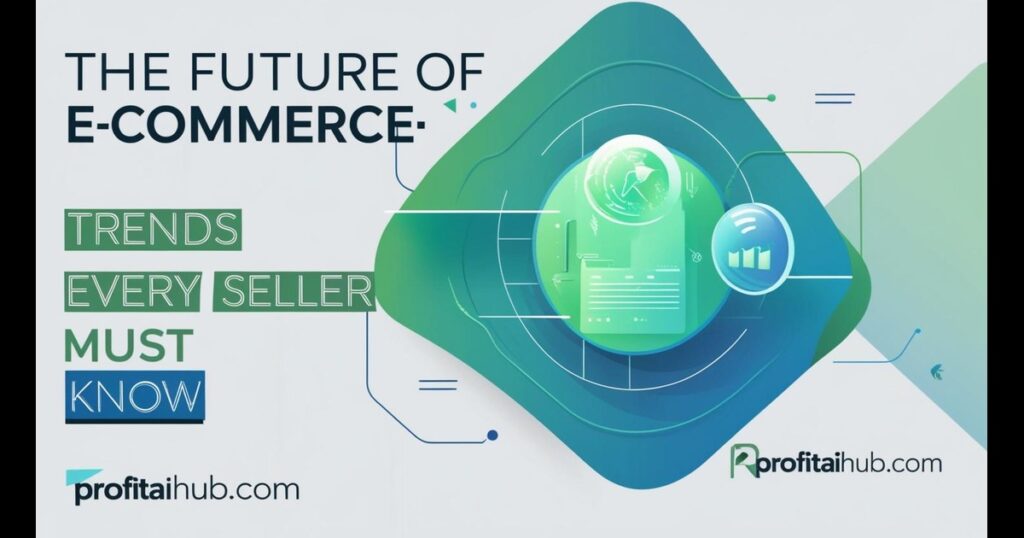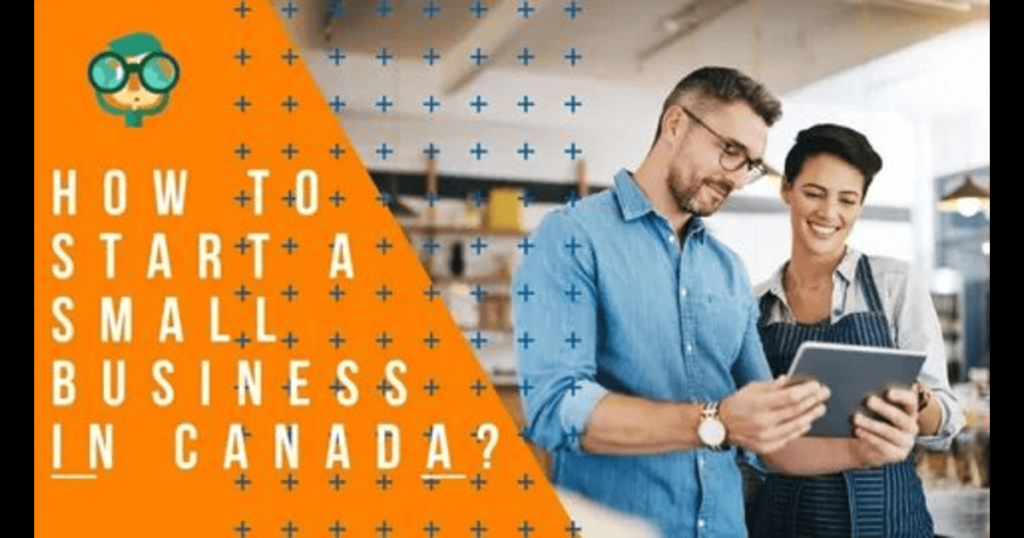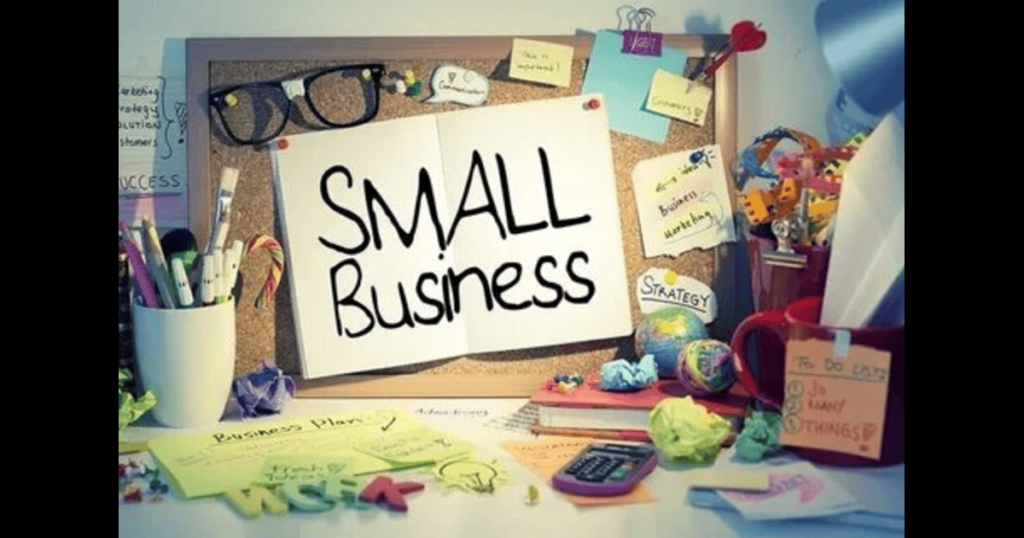Their wish is a well-flowing, integrated system of potential buyers visiting pages and adding products to their cart for final checkout. The high visitor count in real time always feels good! But then, how would one spice up the situation consistently? A combination of smart strategies, a little sweat, and quite some level of understanding thus goes into knowing where the latest audience frequents online. Learn to Increase E-commerce Traffic in this article.
It’s not just traffic; it’s targeted traffic. A traffic whose members are indeed interested in what one is selling. It doesn’t help to bring unqualified visitors who leave almost immediately, and it might reduce your site’s performance metrics. Therefore, what we are interested in is drawing people who are inclined to pay for the product.
Shining Bright in Search Engines: Mastering SEO
The free and steady flow of traffic starts with Search Engine Optimization (SEO): making your site search engine friendly, for instance, Google, so they understand what you are into and then display your pages to people looking for just such things. It’s like making a bustling street (the internet) easy to find when someone it’s exactly looking for what you have to offer in a store.
Keyword research is the first step. Keywords are the terms people type in search engines when they want to find products like your products. Many tools can help you identify popular terms and some “long-tail” keywords that are not so competitive (for example, “organic cotton baby blankets for sensitive skin” instead of just “baby blankets”). The point here is understanding the language your customers use.
Other stages are website tweaking. This entails the organic incorporation of keywords into your product titles, product descriptions, image alt text, and page headers. Technical components also play a role, including having a mobile-friendly (very important), fast-loading website and a clean site architecture easily crawled by search engines.
You can also link your site with other reputable sites in the world. Search engines discern a website as one with “admirable” and “valuable” linkages. This can be through guest blogging, collaboration or being featured in relevant articles.
Putting Your Store in Front of Eyes: Paid Advertising
Paid advertising is the fastest solution for getting traffic, much like running commercials or putting up billboards. It is expensive, but it is often achieved quickly and allows you to target very specific audiences.
Nor are major part of these Google Ads, Facebook Ads, Instagram Ads, Pinterest Ads, and many more. Google Ads work very well as far as reaching people in high purchase intent because they are searching for something. On the other hand, social network advertisement is best for reaching out to people based on their interests, demographics, and behavior, and some probably were not even searching for anything when they saw the ad impression.
It needs strict control of the budget and optimization, always under test. So you’ll have to find out which ads resonate more with your audience and through which platforms you get the best return for your wallet. It is very easy to spend money in here, so starting small and watching the performance closely is the way to go: optimize your campaigns based on what you are learning.
Export to Sheets: Social Media Involvement: Community building
Building a presence and interacting with people on social media is a potent source of traffic, not only from advertisement campaigns. Consider it developing a community around your brand and forming a relationship with possible clients.
It entails consistently distributing useful, engaging, or amusing information pertinent to your goods or sector. This could be customer reviews, behind-the-scenes looks, product displays, insightful advice, or captivating surveys. The most important thing is to be sociable rather than just promotional. Show off your brand’s personality, react to comments, and engage in pertinent discussions.
It takes time and consistency. Overnight, don’t anticipate viral popularity. Concentrate on creating strong relationships and adding worth. People who feel linked to your brand are more likely to check your website and develop into devoted consumers. Many successful e-commerce companies will tell you, “Authenticity is critical on social media.”
Developing Leads: Wizardry of Email Marketing
Very important are the people already showing interest in your brand, maybe by signing up for your newsletter or adding anything to their cart. Your direct line of communication with them is email marketing.
It helps you to announce new products, send targeted messages, run campaigns, share relevant content, and alert people about abandoned carts. Because you’re speaking to an audience already familiar with and (hopefully!) trusting of you, it’s among the most efficient methods of generating repeat traffic and sales.
You must divide your email list in order to send pertinent messages. Someone who bought baby clothes isn’t concerned about dog food deals! Personalization impacts open rates and click-through rates very much.
Becoming a Resource: Content Marketing
It entails producing and disseminating worthwhile content that draws your target clients. This could be blog entries, tutorials, podcasts, video clips, or infographics about your products or the issues they address.
The objective is to establish yourself as an authority or useful tool in your field. Writing comprehensive guides on “How to Pick the Right Tent” or “Essential Backpacking Tips” will draw camping enthusiasts if you sell camping gear. They are more probable to buy their equipment from you once they believe your counsel.
- This is a long-term plan. Over time, content marketing establishes your brand as a leader and increases confidence and authority, therefore boosting your search engine optimization as well as generating traffic. It’s like growing a garden; although patience is required, the yields can be huge.
- Wrapping it Up: How to Get Those Clicks
- Everything comes down to being seen where your potential consumers are, providing them value, and simplifying site visits for them. There is no one magic bullet; usually the best approach involves a mix of these methods. Begin with one or two that feel most manageable, master them, then layer in others. Keep trying new things, learning, and striving to provide your guests with a fantastic experience.
- It’s about creating a long-lasting mechanism to draw in people interested in what you offer. It does take work; but seeing your traffic increase and become satisfied customers? That’s the true reward.
- SEO is essential: Attract free, pertinent visitors by ensuring your site is search engine friendly.
- Paid adverts give speed: Use social media advertising and Google Ads for quick visibility.
- Social media creates community: interact with your audience and provide interesting material beyond goods.
- Email marketing is effective: Targeted emails help you to foster leads and promote repeat company.
- Content marketing builds authority by drawing clients with pertinent, useful information.
- Combine tactics: Usually most successful is a mix; depend not only on one way.
FAQs
What’s the single most important thing for e-commerce traffic?
Choosing just one is difficult. SEO is arguably the most foundational for organic growth, but paid ads offer speed. Ultimately, understanding where your specific customers are and focusing your efforts there is key. For many, a blend of SEO and targeted social media or paid search works wonders.
Results from these strategies come in at various rates. It varies greatly. Paid commercials may generate almost immediate traffic. SEO and content marketing are longer-term strategies, often taking several months to show significant results as search engines crawl and rank your content. Social media can be quicker if you have engaging content but building a large, active following takes time.
What is driving traffic to call for a large budget?
it helps but is not entirely necessary to begin. Starting with organic social media posting and search engine optimization (SEO) is free. Paid advertising can start small, allowing you to test and scale as you see results. The key is to be strategic and measure everything, so you spend your budget effectively, whether it’s big or small.
Conclusion
Using analytics tools such Google Analytics helps one determine which traffic strategies are most effective. These tools let you know from where your visitors are coming, how they behave on your website, and which sources result in sales. Tracking these statistics lets you see which methods provide the greatest return on investment (ROI) and modify your efforts appropriately.



